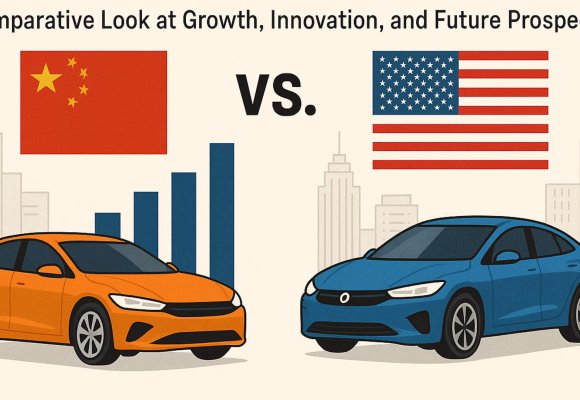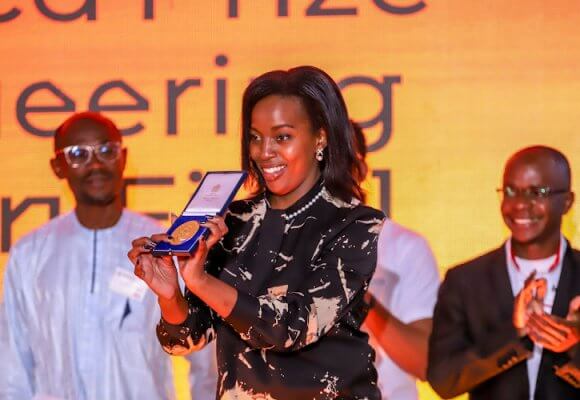|
LISTEN TO THIS THE AFRICANA VOICE ARTICLE NOW
Getting your Trinity Audio player ready...
|
It typically takes more than ten years of research and development and billions of dollars to bring one drug to market.
The time it takes to identify a potential drug target can vary widely depending on the disease and the complexity of the underlying biology. In some cases, targets may be well-understood and identified relatively quickly, while in other cases, it may take many years of research to identify a viable target.
The cost of bringing a drug to market is tied to finding viable targets and to all the stakeholders who impact drug development timelines.
Stakeholders impose a profit-centered drag on the drug development process because they want to reap the benefit of their work from a system that is designed to reward only the first company that receives approval to sell to the market.
This system makes it challenging to have a collaborative process due to competition, wide distribution of limited resources, differences in research focus, intellectual property concerns, and overall lack of incentives to collaborate
The Need for Collaboration using Blockchain Technology
Collaboration and knowledge sharing are critical for advancing drug discovery. No single group or individual can possess the expertise and resources required to identify and validate drug targets independently. The speed of drug development is slowed down by researchers and companies working in silos.
Making it possible for discoveries in the laboratory and clinic to be shared publicly and in real-time may significantly reduce the overall drug development time and cost by lowering redundancy inherent in the current drug development system.
No one system exists that provides enough incentives for drug developers to share their data and work collaboratively, but this may be possible via blockchain technology
Blockchain is distributed ledger technology that allows for secure, transparent, and decentralized record-keeping. It is a digital ledger of transactions maintained across a computer network rather than stored in a central location.
As implied in the name, existing blocks representing verified data are daisy chained to new blocks of data that convey new information birthed from referencing existing blocks – creating a chain of blocks.
Blockchain technology is the underlying engine for cryptocurrencies such as Bitcoin, contributing references to terms such as ledgers and transactions
The speed of drug development is slowed down by researchers and companies working in silos.
In the cryptocurrency world, blocks in a blockchain are made through a process called mining. Mining is the process of solving a complex mathematical puzzle that requires a lot of computational power to solve.
Miners use specialized hardware and software to compete to be the first to solve the puzzle
Once a miner solves the puzzle, they broadcast their solution to the network, and other miners or nodes on the network verify the solution is correct
Like all mathematical puzzles, solving the problem is typically more challenging than working backward, where both the answer and problem are known.
Therefore, verification is typically faster than the initial computation for the solution. If the solution is verified as correct, the miner earns a certain amount of cryptocurrency in reward, and the new block is daisy-chained to the parent blockchain
We can focus on several fundamental tenets of blockchains as transparent, secure, private, and decentralized record-keeping platforms that allow drug development time and cost to be improved by incentivizing collaboration.
Mining is designed to be difficult and takes significant time and computational power to ensure that creating new blocks is slow and deliberate. So too, is the difficulty of identifying and developing drug targets into commercial therapies.
To use blockchain to incentivize immediate public revelation of scientific advancement, we can create a system where all stakeholders in the drug-hunting business perform the function of miners.
Combining Computational power with Blockchain Technology
The computational power for drug developers would be to use an iterative process of analyzing genetic and genomic databases, proteomic databases, chemical compound libraries, finding animal models, forming industry-academia or industry-government collaboration networks, and using computational tools such as artificial intelligence (AI) for target identification that may lead to identifying potential drugs.
Once a target is identified, the next stage of the process can encompass downstream activities such as lead discovery, lead optimization, preclinical development, clinical development, regulatory approval, and post-market surveillance, added as new blocks to the drug development blockchain.
Currently, drug development companies perform these activities in silos, repeating ten times over each other’s experiments and analyses with intense competition to be the first to receive approval to sell their version drug to the market. And when one company reaches the finish line first, the runner-up loses all the money it invested.
The New Process
Alternatively, we can create a system where real-time incremental discoveries are publicized into a drug development blockchain freeway that everyone can see.
Using the current cryptocurrency model, the drug discovery blockchain could look something like this:
- A transaction is requested: in this case, that would be an experimental insight or discovery
- A block representing the transaction is created: the experiment result is placed in a block.
- Block is sent to every node in the network: the experiment results as a block is sent to everyone in the network for verification. This network consists of companies, scientists, and governmental organizations engaging in a similar type of work, and experts are determining the validity of the publication.
- Nodes validate the work and receive compensation for proof of work: as an incentive, the party that validates the experiment result receives credit that the system would compensate
- The block is added to the existing blockchain, and the transaction is complete: the experiment is added to the discovery blockchain as a scientific fact that can be used as a basis for future discoveries. This block would be inextricably linked to the discoverer. Any future reference to this discovery as a basis that led to the development of a drug for sale would be subject to compensation, such as royalties for the discoverer
The Bottomline
Blockchain technology can enable researchers to be compensated for their contributions if they share their discoveries on the drug development blockchain, and it ends up being used as a basis for developing an approved drug.
Scientists can achieve this using legal smart self-executing contracts that automatically execute when certain conditions are met.
For example, a smart contract could specify the terms of compensation for researchers who contribute to the discovery of a new drug target. The agreement could be programmed to automatically distribute compensation to the researchers based on the impact of their contributions on the eventual development of the drug.
The use of blockchain technology in this way can help address some of the challenges associated with traditional compensation methods in drug discovery, such as delays and disputes over ownership and royalties.
Using blockchain technology to automate the compensation process, researchers can receive compensation more timely and transparently while reducing the risk of disputes over ownership and royalties.
However, implementing such a system would require careful consideration of legal and ethical issues, such as ensuring that compensation is distributed fairly and that the intellectual property rights of all parties are protected.
Practical execution of such a system would also need development, so there’s an incentive to share proprietary data publicly and not risk someone else developing the drug first and taking all the credit.
But like President Kennedy said, “we do these things not because they are easy, but because they are hard.”
The author, Joseph Oloo, is a Senior Scientist in Process Development.






























LEAVE A COMMENT
You must be logged in to post a comment.